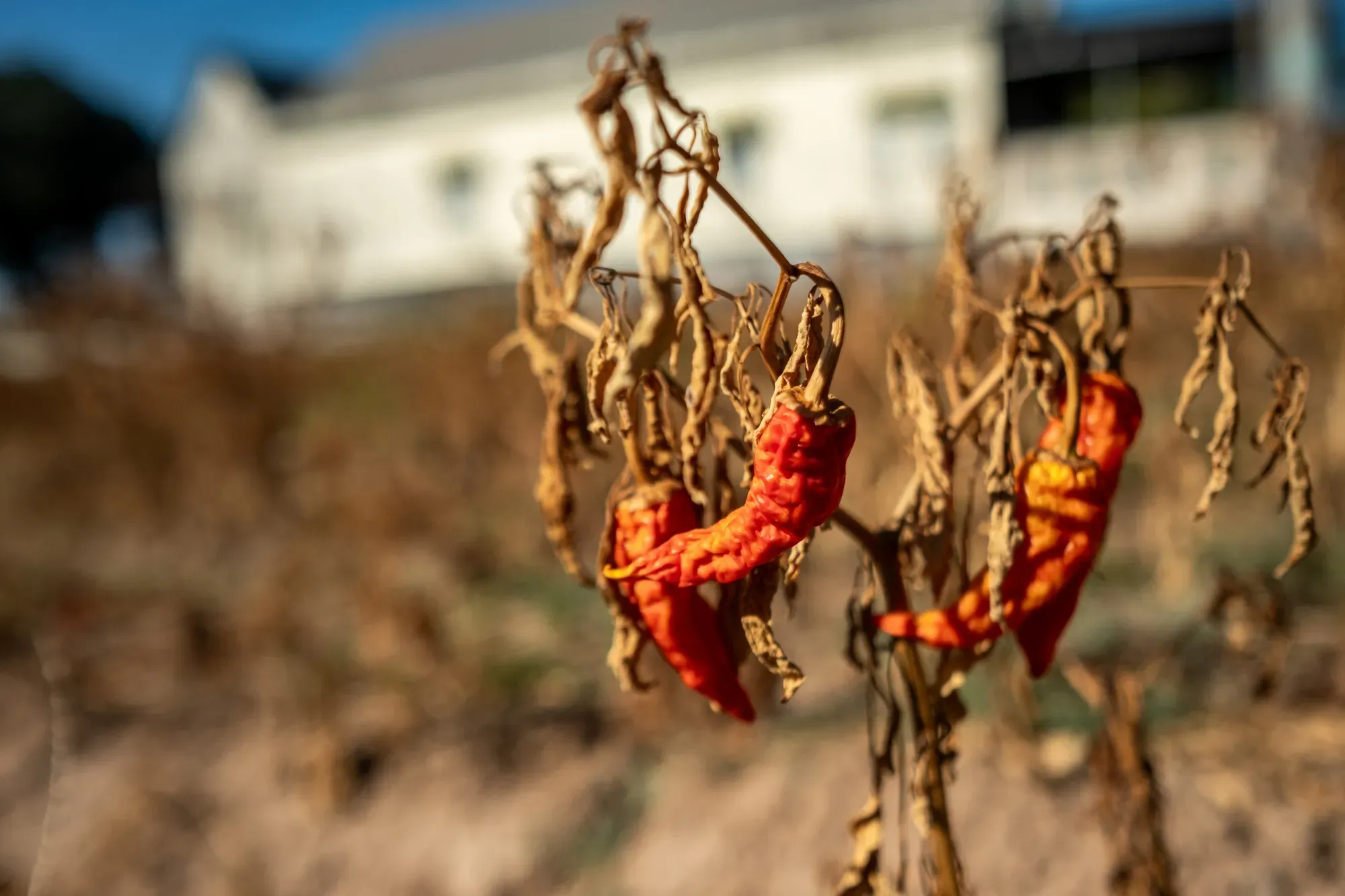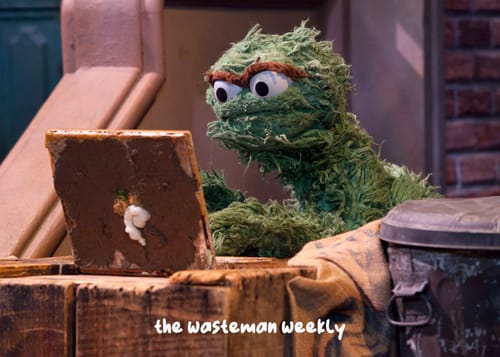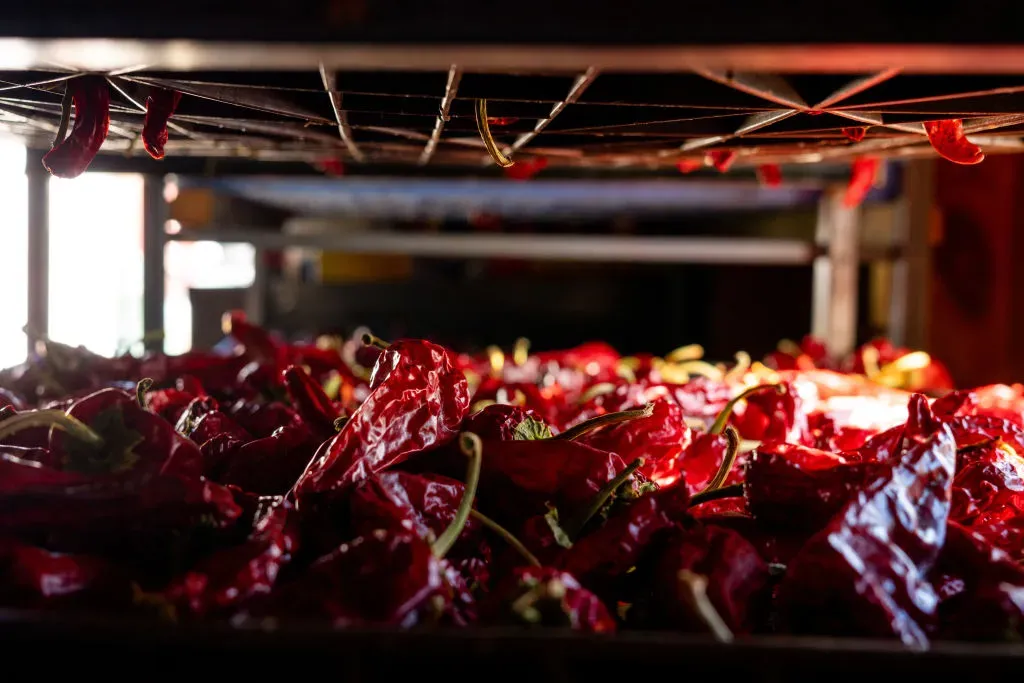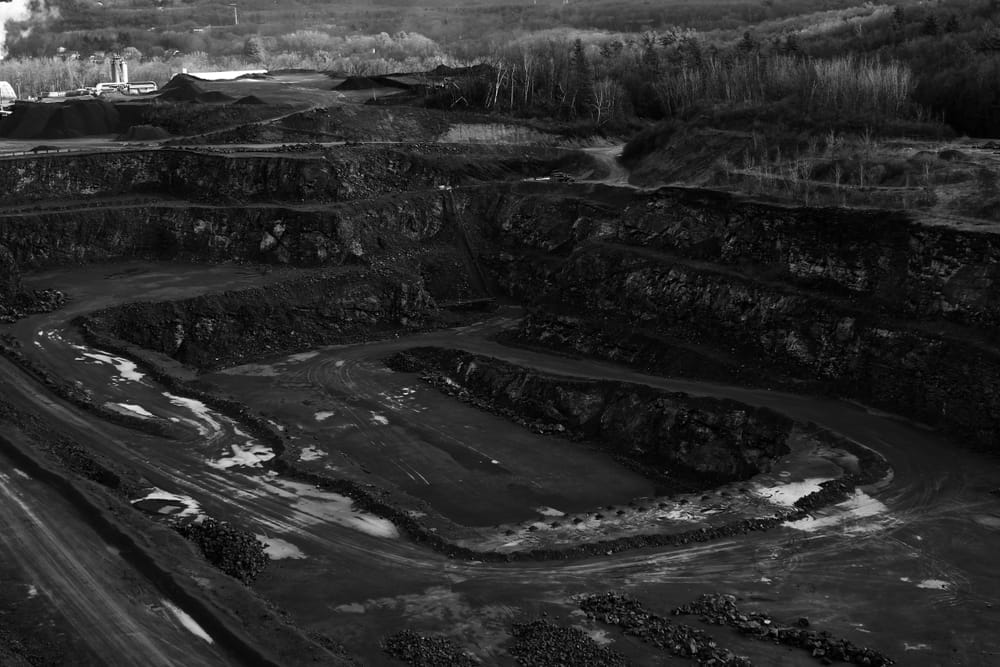Summary:
- Extreme weather caused by climate change is diluting the heat of chili peppers, disrupting both supply and flavor.
- The global chili trade, worth $9 billion, is under threat as changing climates impact growing conditions.
- Chefs and scientists are scrambling to adapt, but the cultural and culinary legacy of chilis is at stake.
Chili peppers are more than just an ingredient—they’re a cultural phenomenon. They’re the heat in your sambal, the fire in your salsa, the spark that turns a bland dish into a masterpiece. But now, the world’s favorite spice is losing its heat. Thanks to climate change, the beloved chili is facing a crisis, and it’s coming for your taste buds.
For generations, farmers like Ken Koh’s family in Singapore have relied on steady chili supplies to craft their legendary sauces. But this year, the heat wasn’t there—literally. Floods, droughts, and erratic weather have thrown chili crops into chaos, diluting the capsaicin that gives them their fiery punch. The peppers are absorbing too much water in the fields, leaving them bland and lifeless. Farmers in Malaysia pray for sunny days, while in Mexico, severe droughts are choking chili harvests altogether. Globally, the $9 billion chili trade is sweating under the pressure.

The stakes aren’t just economic—they’re deeply cultural. Chilis are the soul of countless cuisines, tied to history, identity, and tradition. In Thai kitchens, chefs are forced to mix varieties of milder chilis just to achieve the right level of heat in classic dishes like tom yum soup. In Mexico, agronomists like Jorge Berny warn that once a chili variety is lost, you can’t bring its flavor back. “It’s not just food; it’s who we are,” says Berny.
The solutions, while innovative, come with challenges. Scientists are engineering climate-resilient chili strains, but the flavor profiles that generations of cooks have relied on are proving hard to replicate. Meanwhile, chefs like Daniel Sia in Singapore are improvising, buying 20% more chilis to counteract the weakened heat. But how long can they keep up? As Chasing Chiles co-author Kraig Kraft puts it: “You can adjust, but you can’t recreate what’s been lost.”
The impacts of climate change aren’t just melting ice caps or raising sea levels—they’re changing the food on your plate in ways you can taste. And while we can adapt, innovate, and evolve, the truth is that some things—like the heat of a perfectly grown chili—are irreplaceable. This isn’t just about preserving a spice; it’s about safeguarding the traditions, livelihoods, and cultures tied to it. Start small: support local farmers, demand climate action, and reduce your own footprint. Because every degree we save keeps the heat alive—not just in our chilis, but in the vibrant tapestry of flavors that make life so rich. Let’s act now, before the fire goes out.








